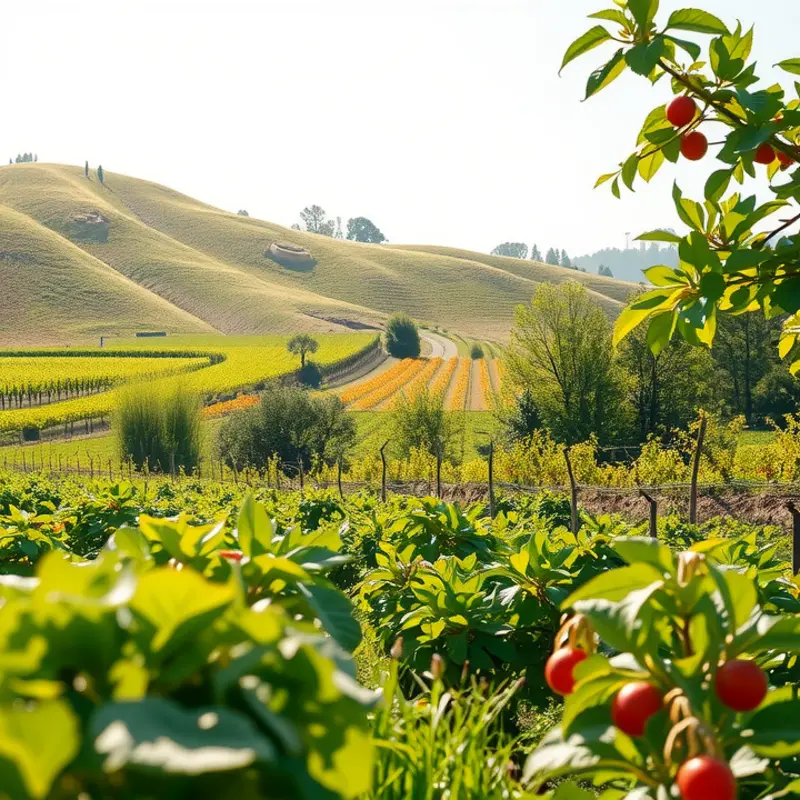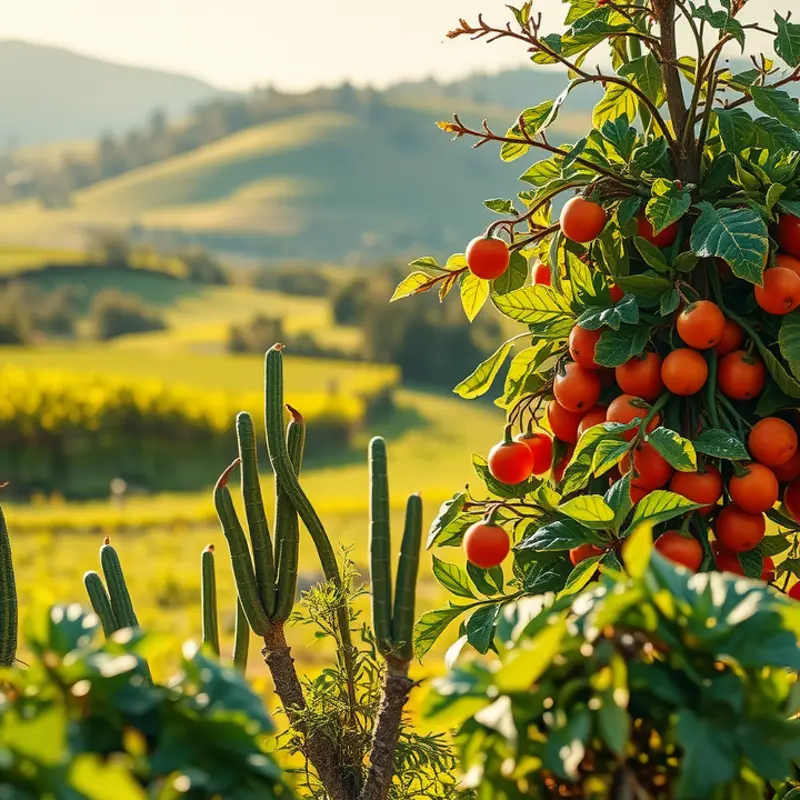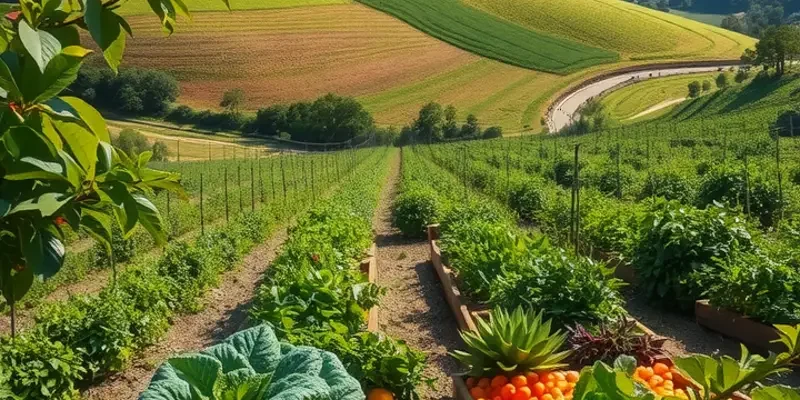Managing leftovers can be tricky, but with effective eco-smart strategies, you can extend the life of your food while reducing waste. Understanding how to store, manage, and transform leftovers not only benefits your wallet but also the planet. Learn practical methods to make the most of what you have, ensuring nothing goes to waste.
Essential Techniques for Safe Food Storage

Proper food storage is key to extending the life of leftovers and ensuring their safety. Selecting the right containers is the first step. Use airtight glass containers for items like soups and stews, as they seal well and don’t absorb odors. Plastic containers with secure lids can also be used, but ensure they are free of BPA. For items like salads, opt for reusable silicone bags that can be easily stored in the fridge without taking up too much space.
After choosing appropriate containers, it’s crucial to cool leftovers properly before storing. Placing hot food directly in the fridge can increase the temperature inside, posing a risk to other stored items. Instead, allow food to cool at room temperature for up to two hours before refrigeration. For quicker cooling, divide large batches into smaller portions. This method not only speeds up the cooling process but also makes portion control easier when reheating.
Organization in the fridge is an understated yet vital aspect of food storage. Label each container with the name of the dish and the date it was made. This prevents the dreaded mystery meal scenario and helps prioritize consumption, ensuring older items are used first. Dedicate specific shelves for leftovers to prevent cross-contamination with raw foods, particularly meats, which should be stored on the bottom shelf to avoid any leaks.
Reheating leftovers safely is just as important as storing them. The internal temperature should reach at least 165°F (74°C) to ensure any potential bacteria are killed. When using a microwave, stirring halfway through cooking helps eliminate cold spots where bacteria can linger. For stovetop reheating, use low to moderate heat and occasionally stir to evenly distribute warmth.
For more guidance on reducing waste in the kitchen, check out these tips for safer storage of sauces. Embracing these practices not only ensures food safety but also promotes a more sustainable kitchen environment, encouraging you to savor every bite while minimizing waste.
Creative Uses for Leftovers: Transforming Meals

Repurposing leftovers can be a flavorful and eco-friendly journey. Instead of letting food decline in the fridge, unlock their potential with a touch of creativity and resourcefulness.
One delightful approach is by crafting simple yet delightful recipes from leftover ingredients. Imagine transforming last night’s roast vegetables into a vibrant frittata or vegetable hash. Just combine chopped veggies with beaten eggs and a sprinkle of your favorite herbs, then cook gently until set. Leftover rice can morph into a delicious stir-fry, heightened by a splash of soy sauce, a handful of peas, and perhaps a beaten egg scrambled through.
For those who love a challenge, why not try freezing to extend the shelf life of your meals? Many cooked dishes and fresh ingredients freeze remarkably well, maintaining their flavor and nutritional value. Start by portioning out soups, stews, and casseroles into labeled, airtight containers. This not only prevents spoilage but also gives you ready-to-eat options for busy days. By incorporating these meals into your routine, you align with minimal prep dinner ideas, saving time and waste.
Besides main ingredients, don’t overlook the flavor-packed potential of scraps and remnants. Carrot tops, leek greens, and onion skins can add depth to a stock or broth. Simply simmer them with water and any herb remnants to craft a base for soups or sauces. When days are chilly, use these stocks to create hearty soups that comfort and nourish.
Effective meal planning plays a pivotal role in the art of leftover transformation. Think about how individual meals can flow into each other across the week. Plan to cook extra vegetables or proteins with the intention of using them in different dishes later. This not only reduces waste but also streamlines your cooking.
In the exciting world of culinary transformation, each leftover is an opportunity. They challenge us to think outside the usual culinary confines and embrace sustainable practices. By maximizing freshness and minimizing waste, your kitchen becomes a hub of innovation, where every bite is savored with respect for both flavor and the environment.
Final words
Efficient management of leftovers not only enhances your meals but also contributes to a sustainable lifestyle. By adopting safe storage practices and exploring creative uses for leftover food, you can minimize waste and fully appreciate every ingredient’s value. Implementing these eco-smart strategies in your kitchen will help ensure you make the most of your food and reduce your environmental footprint. Remember, a little creativity goes a long way in preventing food waste and enjoying wholesome meals.







